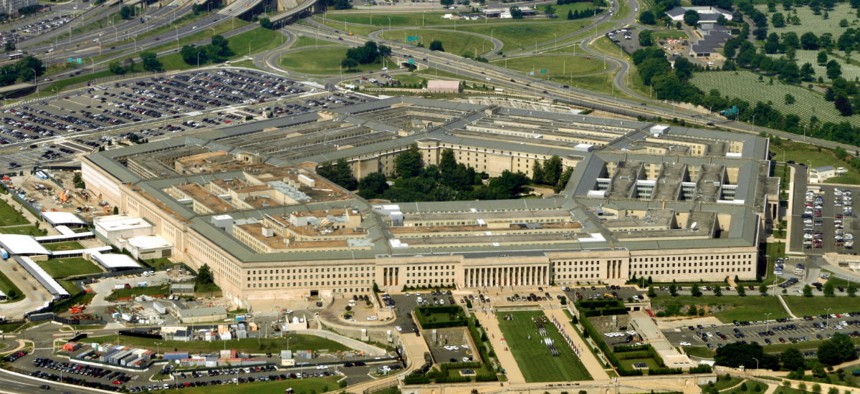
Frontpage/Shutterstock.com
Military Chiefs Say They’re Often Blindsided By Acquisition Problems
Interviews with service leaders show a rift between commanders and their colleagues responsible for purchasing weapons, GAO finds.
Interviews with 12 current and former military service chiefs reveal strong dissatisfaction with their Pentagon acquisition colleagues, who too often change the requirements for weapons systems or demand additional capability, according to the Government Accountability Office.
“Some current and former service chiefs said that because they lack visibility into programs, they are unable to influence trade-offs between requirements and resources,” said the watchdog in a report released Thursday. Army, Navy, Air Force and Marine Corps chiefs said they are “frequently caught by surprise when cost, schedule, and performance problems emerge in programs.”
The criticism comes as lawmakers debate the Senate version of the fiscal 2016 National Defense Authorization Act. It includes a plan—opposed by the White House—to decentralize decision making on weapons system milestones for service-unique programs and limit documentation of approvals. That would give more authority to service chiefs and less to the Defense Secretary’s office.
GAO’s analysis of original requirements set down for 78 major acquisition programs rarely produced cost growth or “creep.” Instead, “it is after a program has formally started development that the myriad lower-level, technical requirements needed to complete a weapon system's design are defined,” auditors said, which is what “leads to the realization that much more time and resources are needed to build the weapon system.”
GAO cited such examples as the DDG 51 Arleigh Burke Class Guided Missile Destroyer and the SNN 774 Virginia Class Submarine. The scope of both programs was expanded in 2013, with predictable increases in cost and schedule. The problem arises, GAO continued, when “systems engineering translates high-level requirements, such as range, into specifics, like fuel-tank size.”
GAO recommended that the department ensure that systems engineering is conducted sufficiently to better define requirements and assess trade-offs before a program is begun. DoD agreed, citing recent policy changes.
The service chiefs varied in their views on management solutions. “Most current service chiefs said that better collaboration does not require restructuring the chain of command,” the report said.
(Image via Frontpage/Shutterstock.com)







